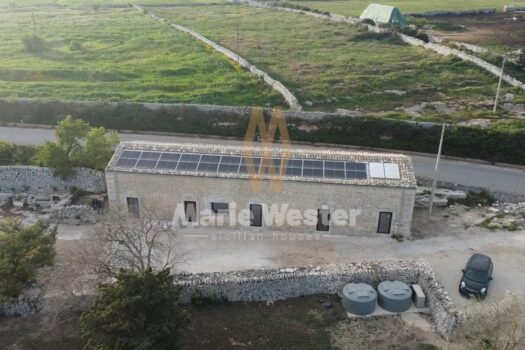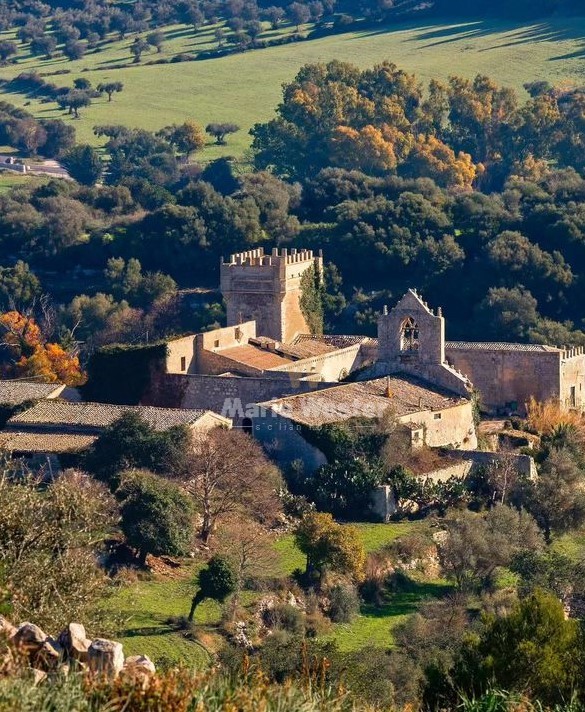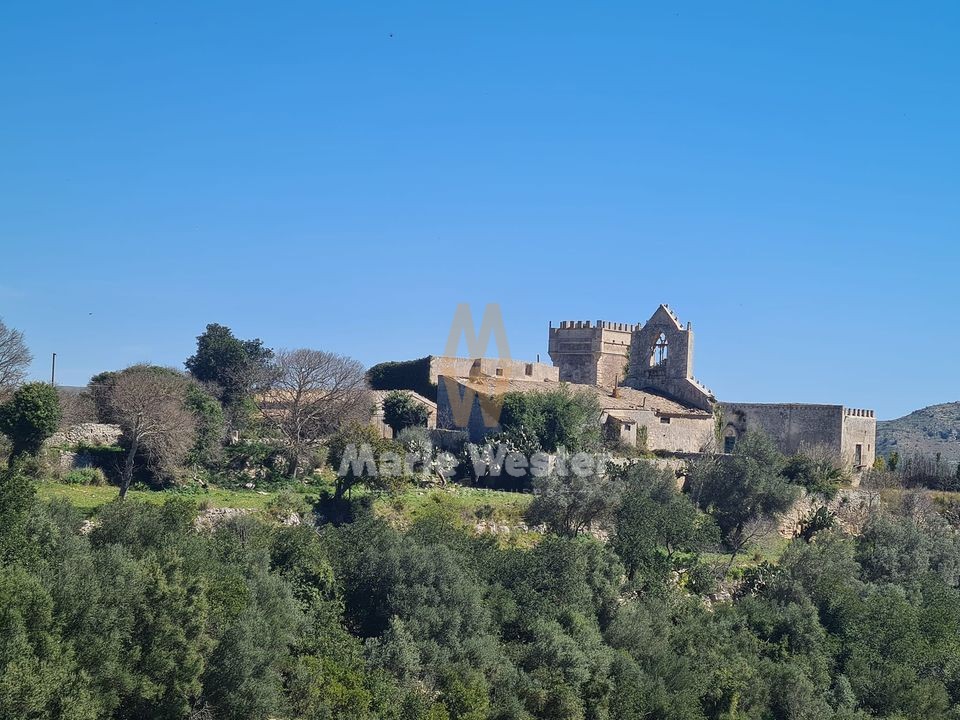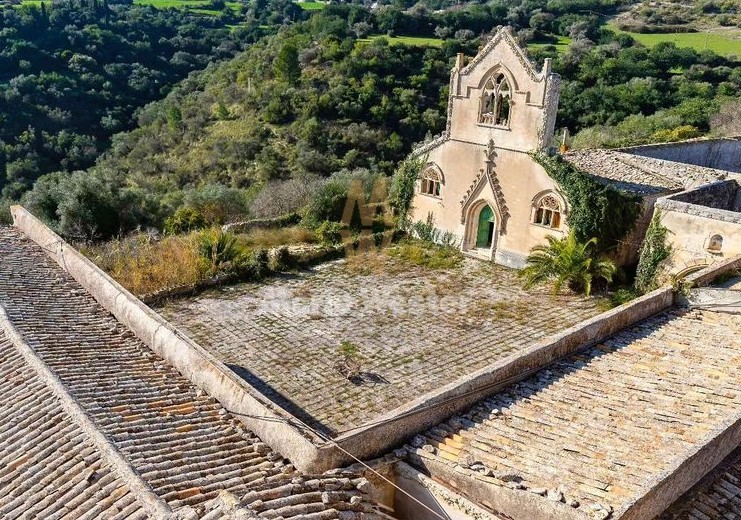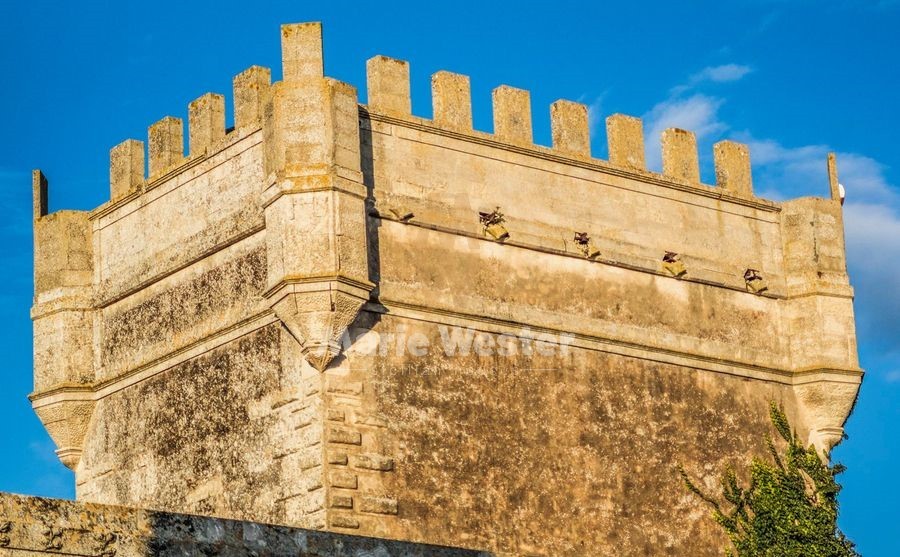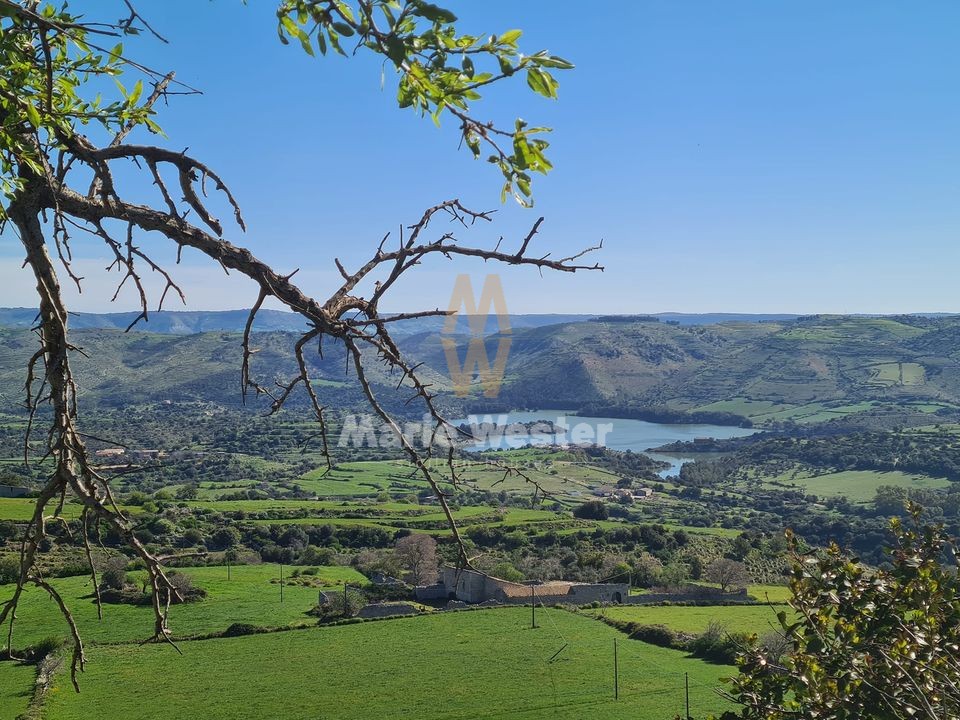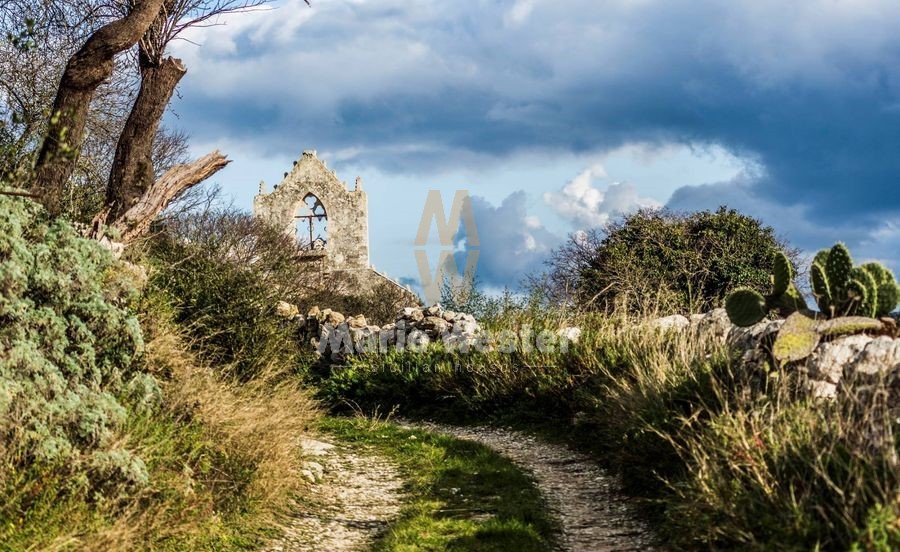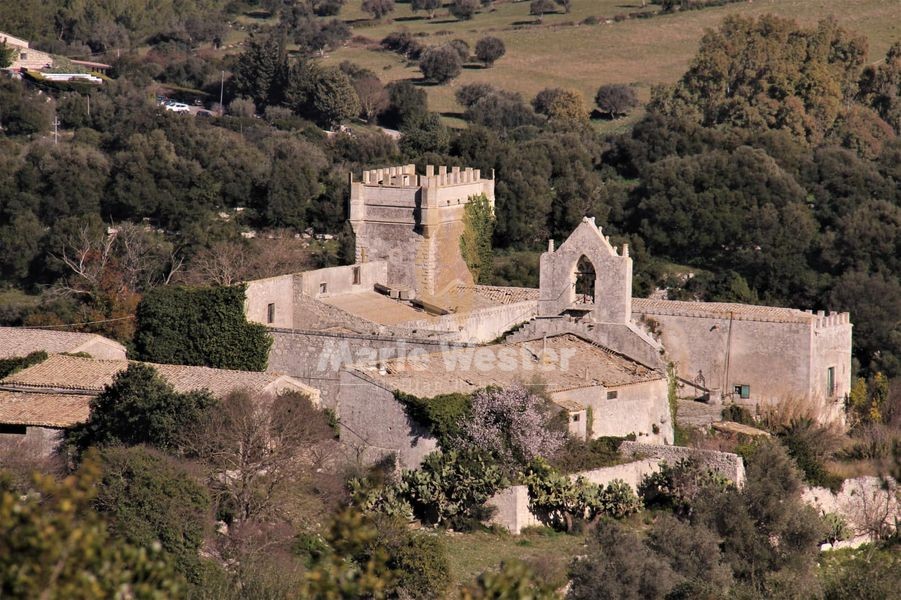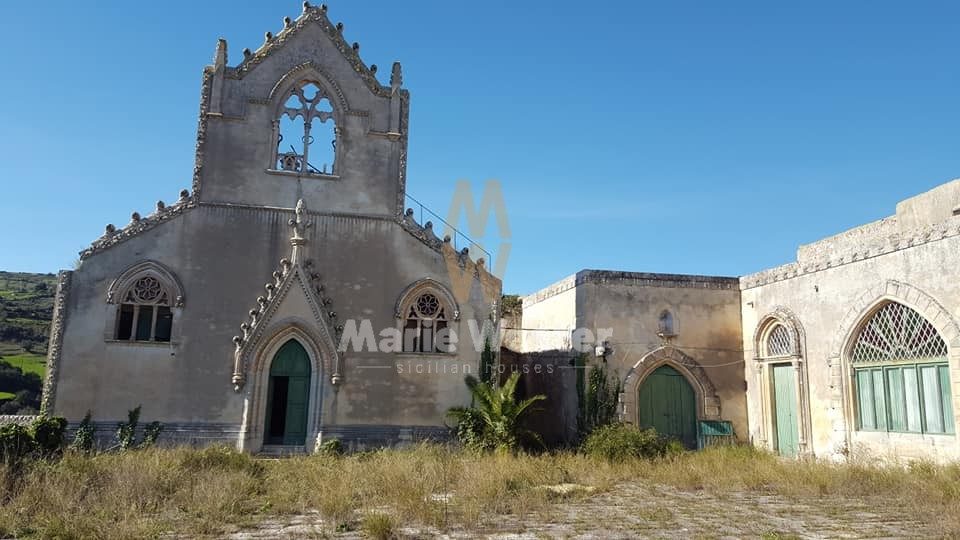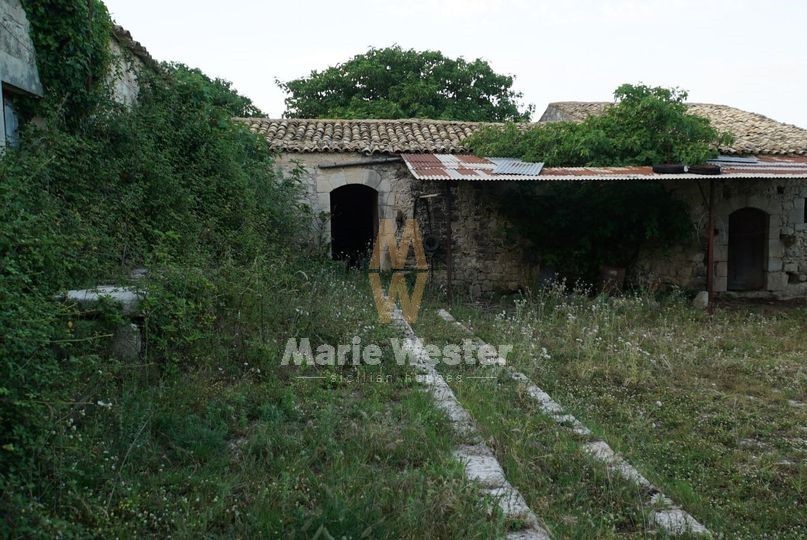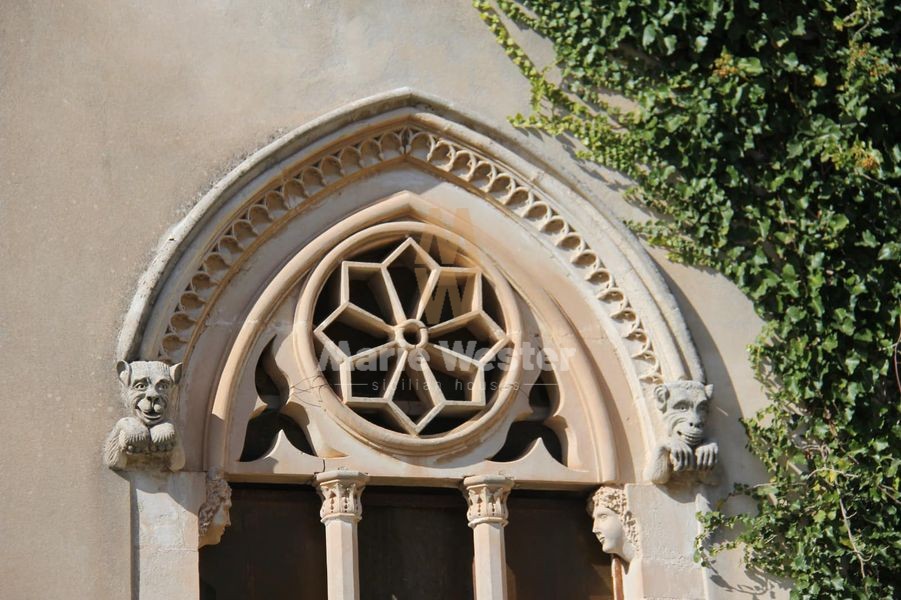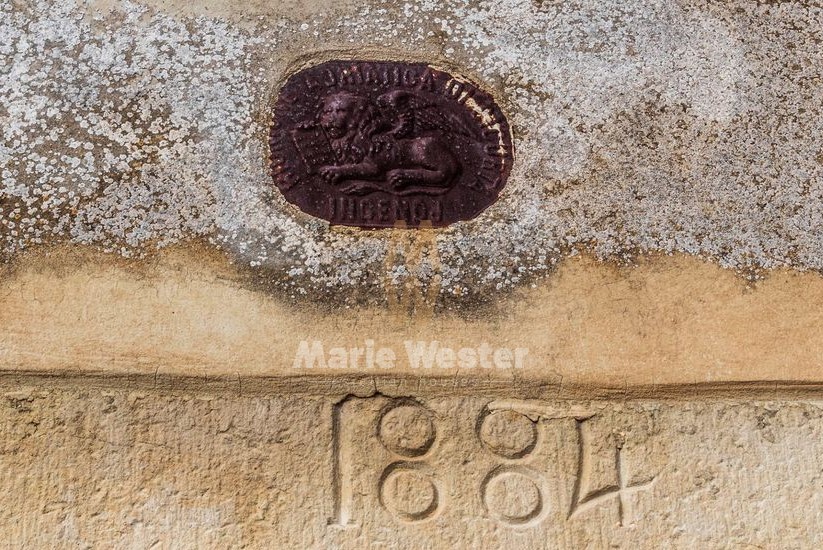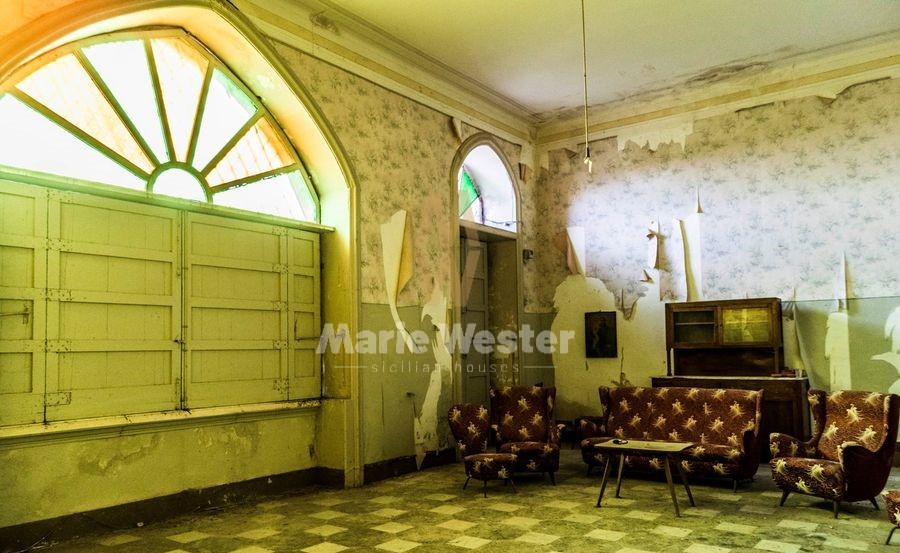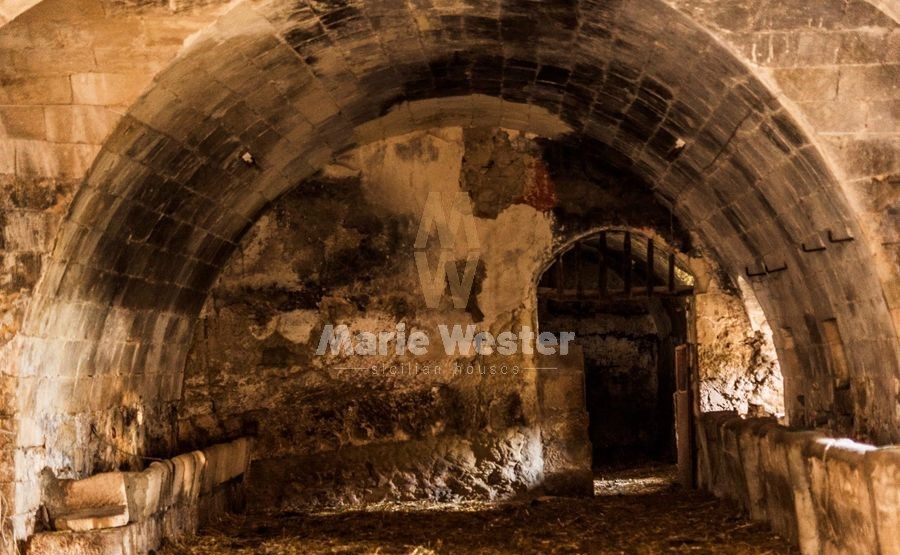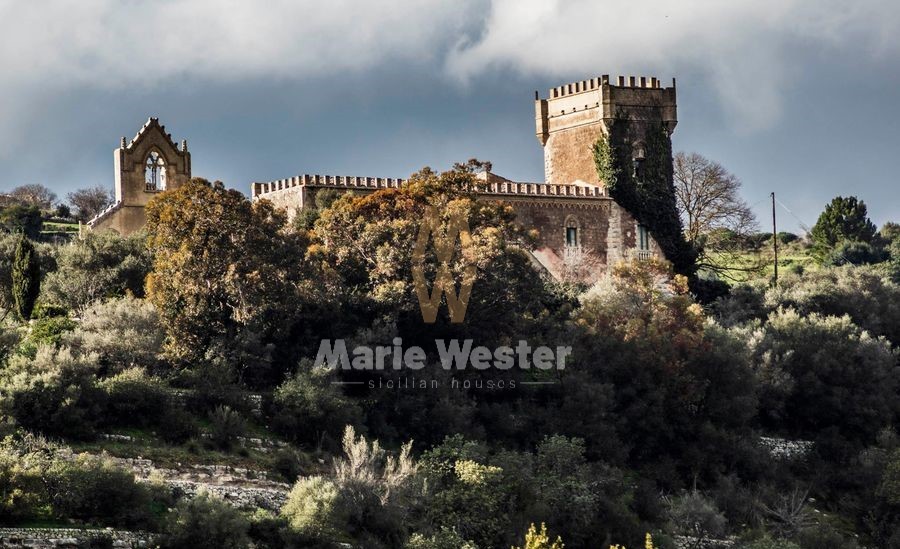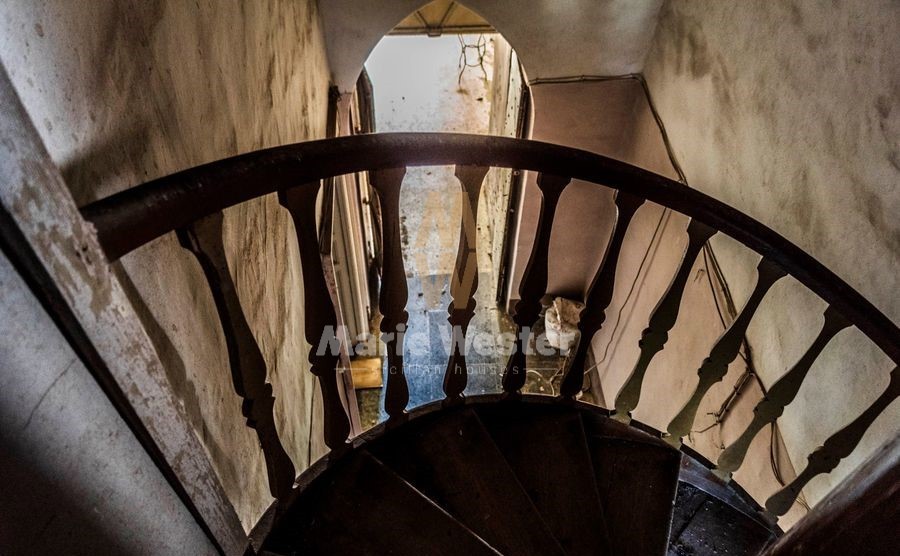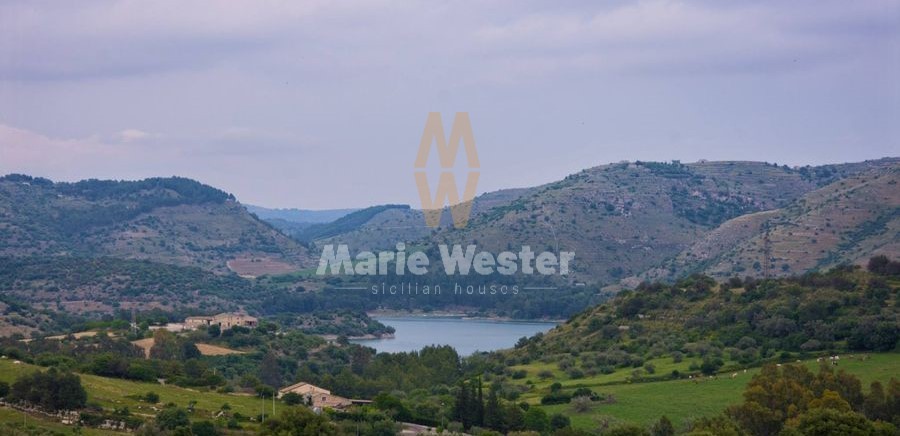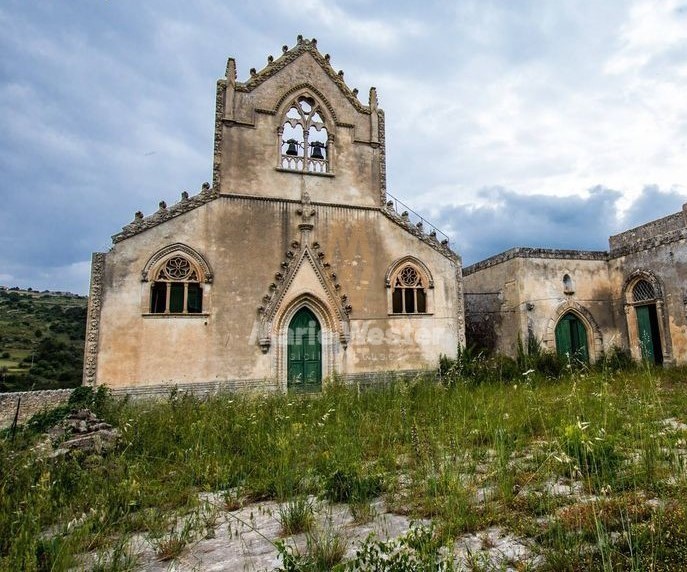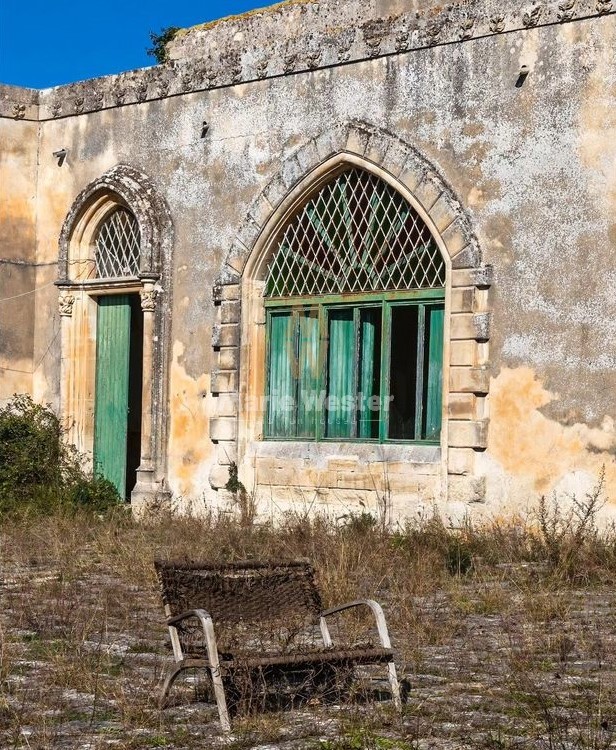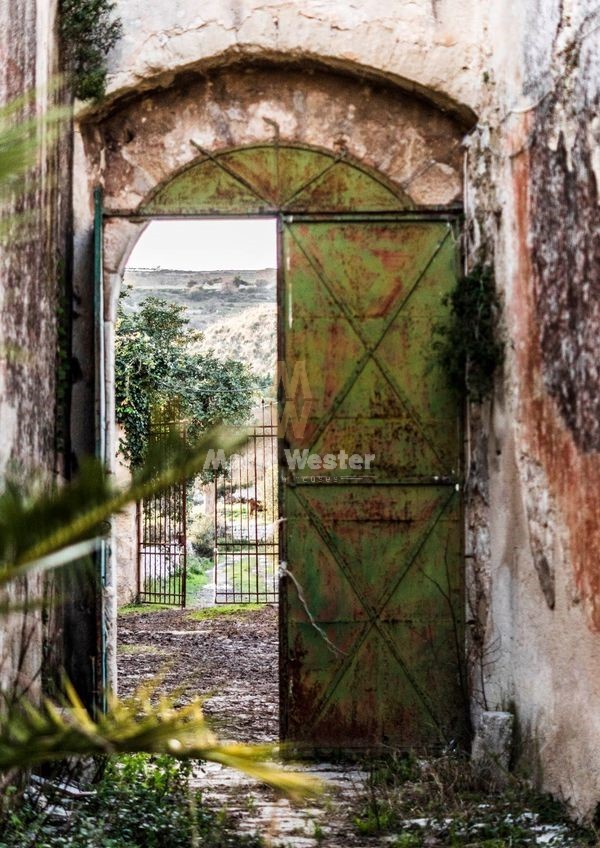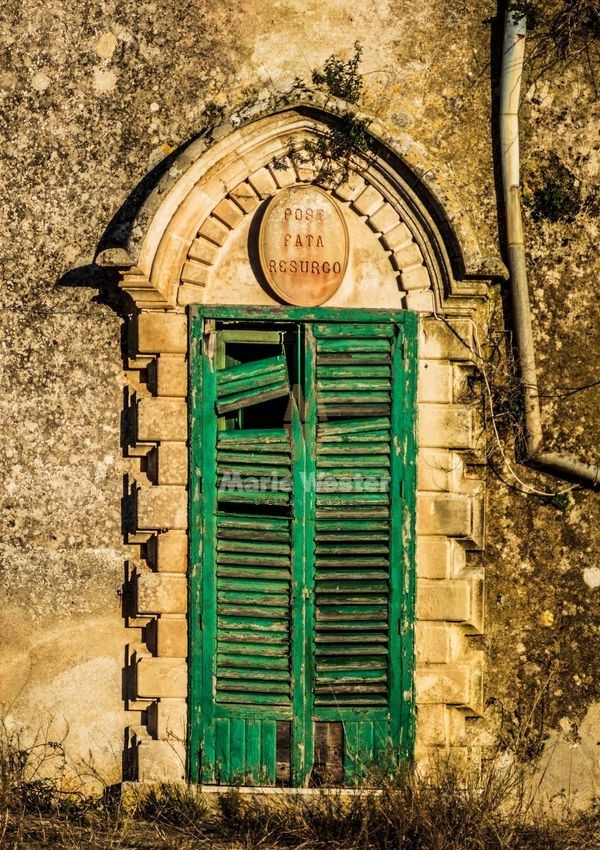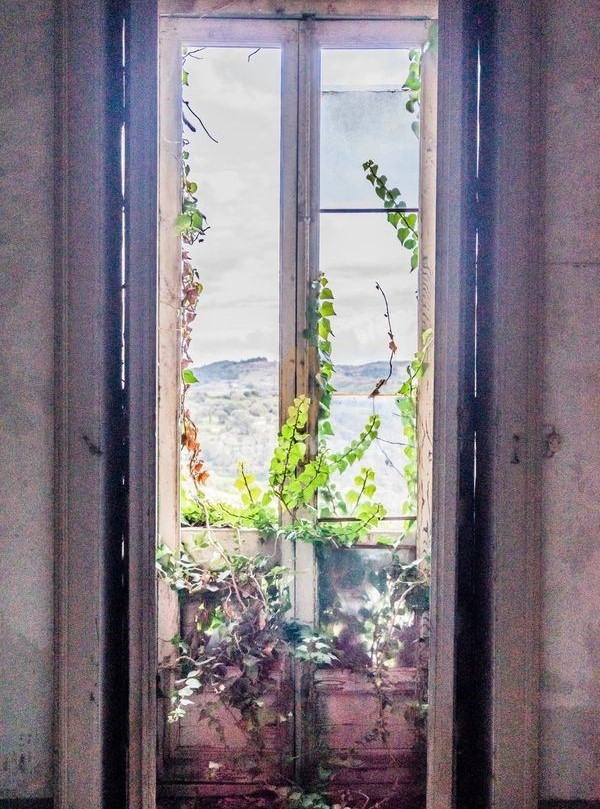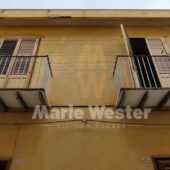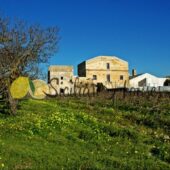Property Description
The Property
Type of property: ancient fortified mansion
Area: 65 ha of land
Location: Province of Ragusa
In the countryside of southeastern Sicily, in a green valley characterized by evocative sunsets, streams, endless expanses, rich vegetation, carob trees, and centuries-old olive trees, stands Torre San Filippo, a typical example of a fortified noble dwelling and farmhouse, built in the late 1800s.
The building is in the center of a manor that rises above the valley called “Cava Volpe” and includes the castle, a rural agglomeration called “casa mandria” and 65 ha of land. Here, nature bursts in impetuously, giving moments of quiet for the soul, and this splendid stone building, integrates perfectly with the surrounding landscape.
Located in the province of Ragusa, exactly 8 km from Ragusa Ibla, San Filippo represents the symbol of one of the best preserved areas of the Ragusa district and today well protected by current regulations. Suffice it to say that the area of the valleys has been the subject, in the recent past, of development projects desired by the European Community and the logo of the project called “LORE” was represented by the tower of San Filippo.
Historical background
The first known owner, was Giorgio Schininà, Marquis of Sant’Elia, who, probably, was also the designer. In 1957 the entire estate, was purchased by Cav. Vito Veninata in favor of his daughters Emanuela, Elisa and Maria, the latter mother of the Ottaviano brothers, the current owners.
From 1957 until the 1990s, San Filippo was the summer home of the Veninata family.
The vacation revolved around agrarian affairs: harvesting wheat, picking almonds, carobs and olives. Given that these were labor-intensive activities, during the summer period, the estate was populated with the necessary laborers, turning into a small, industrious village where the day flowed with the slow rhythms of the countryside.
The little information known about the estate comes from the accounts of the peasants and in particular of “Massa Turiddu Rosso inteso Farina.” A father of 9 children, he lived his entire life in San Filippo surrounded by his large family who made the site lively, industrious and livable.
He told of the Marquis, the lifestyle of the nobles of the time, the gap with the peasant class, the need to keep the sentinel in the tower, the cannon that exploded a salvo on Sundays to announce the feast day, the Sunday mass that gathered all the peasants of the surrounding area alerted by the ringing of the bells, the feast of Santa Rosalia on September 4, hunting, the crops, his cows, and the cheeses that were made every morning in the “fire house.

